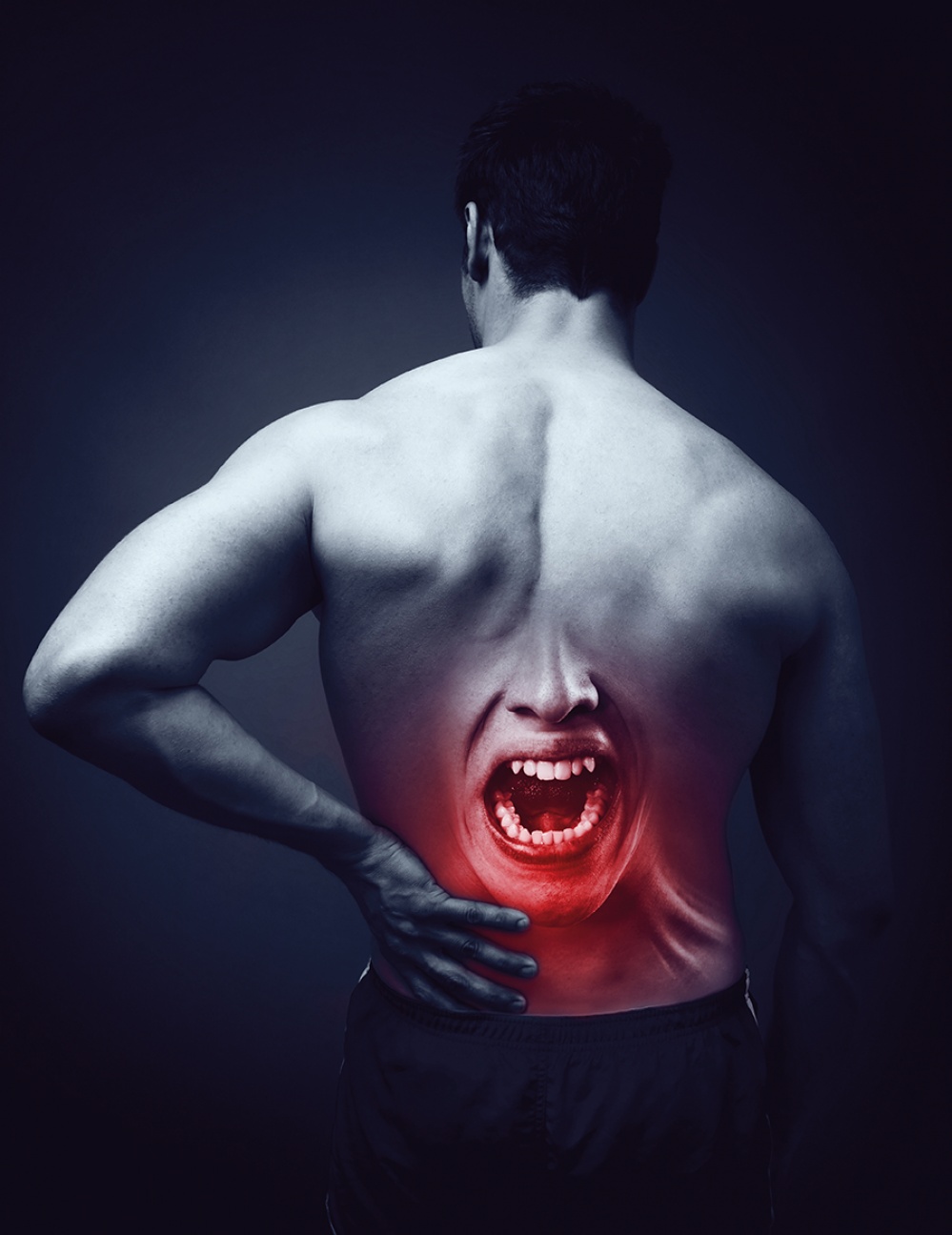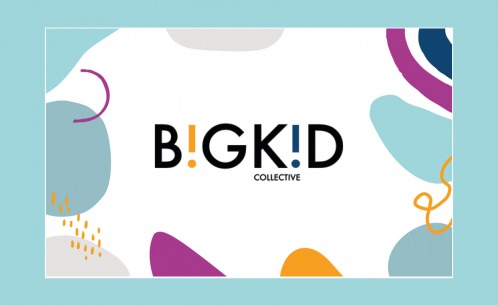Back Pain Causing Trouble?

Here’s a spine-tingling fact for you – musculoskeletal (MSK) conditions such as arthritis and back pain affect an estimated 18 million people across the UK every year
Most people will suffer from back pain at some point in their life– it’s one of the biggest causes of work absence, accounting for more than 12 million days lost every year. But before asking yourself how you can improve the issues with your back, first you must ask why your back is hurting in the first place. ‘Too many of us sit on our bums all day at a desk,’ says Emma Newham of MyBody Studios. ‘Now everything’s automated: we get up, get into the car, get out and sit at a desk.’ That is having a deleterious effect on our muscle strength – the old maxim of use it or lose it really does apply. We sit in incorrect positions, constrained in office chairs, rarely working out. It’s a long way from the days of humans as hunter-gatherers, constantly stretching out their spines and getting plenty of exercise. Desk-based workers end up with weak muscles in their back, and painfully tight muscles in their chest.
While perhaps the most obvious answer to many back problems would be bad posture, be that through sitting in incorrect positions in our chairs at the office, driving for hours on end or relaxing on the sofa after a long day, there are actually other environmental factors that we wouldn’t expect at play, which can also negatively affect our backs. Emotional stress and a poor diet can have a detrimental effect on our bodies, making them much more vulnerable to ill health and injury. What a vicious cycle; we’re stressed and upset because our backs hurt so we treat ourselves to a takeaway, eventually leading to our back hurting even more! It’s a cruel world. Up to 50 percent of musculoskeletal illnesses are tied to a stress-related disorder – put simply, the physical pain we experience is often a tangible manifestation of emotional pain that we can’t see, a bodily response that has been hard-wired into humans since prehistoric times. Now we’re less likely to be attacked by a ferocious mammal, but the same physical, muscle-tensing reaction occurs when we’re faced with a confrontational co-worker or a seemingly-endless traffic jam.
Of course, we could all pump ourselves full of anti-inflammatory painkillers such as ibuprofen to alleviate the pain – chronic pain keeps the pharmaceutical companies that produce over-the-counter painkillers in business – but it’s having seriously damaging consequences for our already severely-underfunded NHS, costing them a billion pounds per year: money which could easily be saved by simply addressing the issue at heart.
Pilates plays a key role in rehabilitation programmes for many sports injuries, and is great in helping to improve back and neck problems, but what is pilates? It’s a workout that recognises individual needs and builds strength without adding bulk, balancing that strength with flexibility. It relies on strengthening the postural muscles which stabilise the torso, bringing the body back into alignment.
There’s also yogalates, combining (you guessed it) yoga and pilates. ‘Yoga is more focused on stretching,’ explains Emma. ‘If you are quite stiff, which a lot of people are, yoga is certainly better because there’s much more elements of stretching.’ But yoga doesn’t strengthen the core in the same way. ‘When somebody says they’ve got a back issue, I would always push them to pilates,’ Emma continues. ‘Once the core muscles and the key postural muscles are strong, that just takes the pressure off everything. Stretching alone can’t do that. Ideally you want a combination of both.’ There is an important problem which faces even the most physical and astutely-postured of us… age. Problems with backs become more prominent as we get older. After the age of 40 there’s a natural decline in strength and flexibility in the muscles at the rate of around 0.5 percent per year. This is not inevitable though, as you can counteract this ageing effect by exercising so if that’s you, seek out specialist pilates classes, where the focus is on joint mobility, back care and muscle toning.
There are some simple guidelines you can follow to help alleviate some of the pain and symptoms associated with a bad back. Exercise is key but any exercises, whether aerobic, core strengthening or stretching, should be tailored to your specific symptoms.
It is important to keep moving (the once-prescribed bed rest for a bad back is no longer the best advice) as research shows those who stay active recover more quickly.
Constant pain is draining and you need to manage the frustration, irritability and other psychological problems which can arise from being in pain. Consider meditation and mindfulness to help get you through difficult periods. Breathing exercises are also recommended for reducing stress levels and it is important to stay positive to help your recovery.
Some diets are particularly bad as they are highly inflammatory, especially those high in trans fats, sugar and processed foods. If you are overweight you are also naturally putting more pressure on your spine, so it is important to keep to a healthy weight.
It’s always useful to note those activities which worsen the pain. Listen to your body and take more time over simple things such as carrying the shopping if you need to. Stop if you have to, but understanding what hurts will help you understand the root cause of your back problem.
Hot (hot water bottle or a hot bath), and cold treatments (an ice pack) may help reduce swelling and improve movement. Alternating between the two often has a beneficial effect in easing pain.
Alternative treatments such as acupuncture, chiropractics and physiotherapy can also help alleviate chronic back pain. Although not widely available on the NHS, it’s worth seeking out a specialist to see if they could benefit you.
Anyone suffering with back problems may well be aware that little general help is available from the usual medical resources. You may be asked to self refer your local NHS Musculoskeletal Services or similar depending on where you live. But don’t hold your breath. The waiting list is long, so you know what you need to do… after all prevention is always better than cure!







